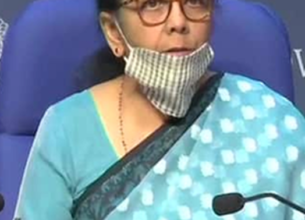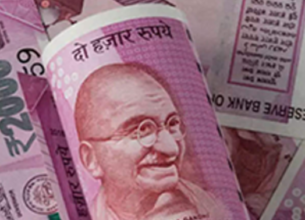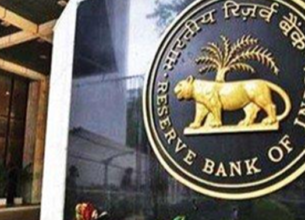IMPACT OF THE CORONAVIRUS PANDEMIC ON AVIATION INDUSTRY
Why in News?
- The Aviation Industry, like several other sectors, is facing a crisis in the wake of the COVID-19 pandemic.
Highlights:
- Issues faced by the aviation industry due to COVID-19: Travel restrictions, grounded fleets, benched staff, schedule uncertainties, ticket liabilities and cash burn. It’s not a question of only restrictions, visas not being allowed, travel not being allowed, airlines not being allowed.
- Even after upliftment of restrictions there will be Apprehensions.
- Loss incurred by aviation industry: As per The International Air Transport Association (IATA) severe travel restrictions may cut the industry’s revenue by $252 billion in 2020.
- In terms of the bottom line, this is expected to translate into a $39 billion net loss in the second quarter.
- The industry will also burn about $61 billion in money in the second quarter.
- In India, for example, out of the 650 planes with all the airlines, 50% of them have been taken on lease. So even while they’re on the ground the lease rentals are being paid.
- If apprehensions and restrictions last much longer, the revenue loss will be higher and, subsequently, the losses will be higher.
- Loss of livelihood: As per IATA 25 million people will lose their jobs. Both men and machines are taking a heavy toll on the aviation industry.
- Traffic will not grow for a year or more: for instance, Changi Airport shutting down one complete terminal for a year and Singapore airlines announced the grounding of 96% of their fleet.
- With respect to India it will take more than a couple of years to come back to at least 50% of what the industry was earlier.
- No clue for future: The crisis confronting the aviation industry is not only unprecedented but also there is no clue on how to put industry back on track. For instance after the 9/11 terrorist attack it took a long time for the aviation industry to come back.
Implications:
- Social distancing in airlines: the recent statements of the DGCA [Directorate General of Civil Aviation], even when the flights are put back into operation, the concept of social distancing will be imposed on the airlines.
- If airlines are only going to be flying one-third of your capacity, the kind of fares that an airline will have to charge to sustain its operations will be very high.
- Family travel will be seriously impacted by this.
- India is a price-sensitive market: So we will go back to the era of the 1940s and the 1950s where only the elite could afford to travel.
- Limited finances: It is difficult that the government pump in money to push up an elite industry at the cost of others.
- To expect large-scale aid to put the airline industry back on track is an impossibility.
- Slowdown in Manufacturing of aircrafts: Manufacturers are going to face a big problem for the next 10 years. It’s 10 years because of finances to build up, for airlines to place the order. the industry is not going to start reviving before five years.
Way Forward:
- It needs professionals with a clear mind, not bureaucrats who know very less about aviation.
- A clear Plan on how to mitigate the suffering is the need of the hour.
- Aviation research agency CAPA predicts that airlines will need three stages of relief. CAPA has also said that 250 aircraft will be surplus to needs. As per estimates India will not need even 50% of the 650 planes that all airlines currently have.
- Radical changes in Business models: The business model that Indian carriers followed is garner market share at the expense of profitability, which in other words was no business model at all.
- There is really no low-cost airline: The first thing the government can do is to put the Aviation Turbine Fuel, or ATF, in GST.
- Rebuild aviation: Move slowly, understand where the flights are essential and move away from fixing the schedules based on a Delhi-centric focus and politicians.
IATA:
- The International Air Transport Association is a trade association of the world’s airlines founded in 1945.
- IATA has been described as a cartel since, in addition to setting technical standards for airlines, IATA also organizes tariff conferences that serve as a forum for price fixing.
- IATA supports airline activity and helps formulate industry policy and standards. It is headquartered in Canada in the city of Montréal, with Executive Offices in Geneva, Switzerland.
- IATA’s mission is to represent, lead, and serve the Airline Industry.
- Its members include both freight and passenger carriers and it has offices in 53 countries around the world.
- The organisation offers information on airlines, a range of publications and training programs and accreditation for those working in the Travel Industry.
- In addition, it supplies a range of financial services, such as a debt collection service for airlines.
- The main instrument for safety is the IATA Operational Safety Audit (IOSA). IOSA has also been mandated at the state level by several countries. In 2017, aviation posted its safest year ever, surpassing the previous record set in 2012.











